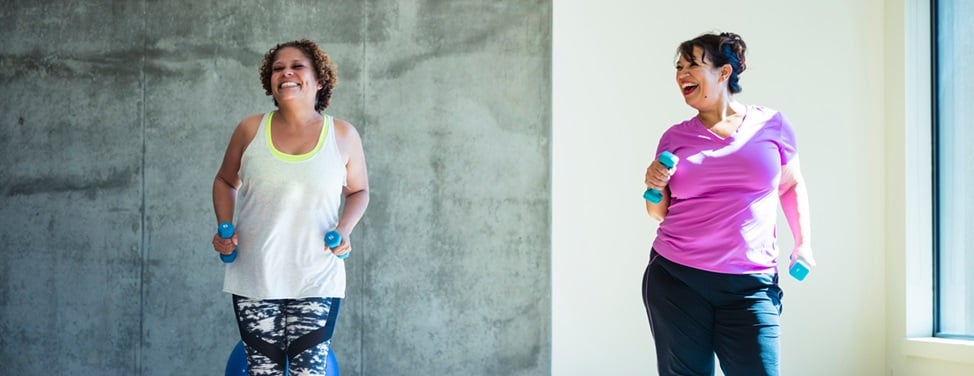
Breast Cancer Self-Care and Recovery: Meditation
People have practiced meditation for thousands of years. The form of meditation discussed here is called "mindfulness meditation" or awareness practice. This is both a simple and powerful form of meditation. The goal of mindfulness meditation is to become "mindful" or aware of what is happening in the present moment.
Most of us spend our time in reaction mode. We are reacting to what we like or dislike or what we wish would happen. We respond to things based on past experiences, both good and bad. We are literally "lost" in thought, thoughts about the future and thoughts about the past. We are rarely "there" for the present moment, for what is actually happening now.
Meditation is about rediscovering the present moment. When we slow down our normal activities enough to notice what is actually present, we find that gradually, some kind of space opens up inside us. We feel more intimate with ourselves, more connected. This space allows for awareness and perspective, both of which help with accepting the challenges of life. We find that we can allow things to be as they are and that we can learn to "be" with whatever comes up in our hearts and minds.
A simple daily practice enables you to experience the benefits of meditation.
Beginning instructions
Posture
It is best if you can sit on a cushion on the floor or in a chair with your back as straight as possible without straining. If you are sitting in a chair, let both of your feet touch the floor. The hands may rest in your lap or be placed face down on your thighs. In whatever position you choose, imagine yourself sitting in a relaxed but dignified posture.
Starting to meditate
You can begin by just becoming aware of the fact that you are sitting. Imagine your body as an envelope filled with all of you. It can help to feel where your body touches the surface on which you are sitting. Perhaps you feel the touch of your feet or legs on the floor, or the weight of your buttocks on the chair or cushion. Just allow yourself to settle into your body and into the moment.
Many people close their eyes as they meditate to help them focus. You may close your eyes lightly or if you prefer you may leave them open, gently resting your gaze on the floor a few feet in front of you.
Focusing on breathing
Gently bring your awareness to your breathing. Notice where the movement of your breath is strongest. It may be the in-and-out movement through your nostrils or the rising and falling of your belly. Notice where the movement of breath is strongest for you.
Once you settle on an area where the breath is strongest, stay with noticing the movement of breath. See if you can really feel the breath as the belly rises and falls. Sometimes it can be helpful to very quietly note to yourself, "rising, falling." Repeat to yourself softly, "rising" as your belly lifts as you inhale, "falling" as your belly drops as you exhale. This can help you to keep your attention focused on the breath but it is not meant to replace the actual experience of feeling the breath rise and fall through the belly.
Gently working with the mind
You probably will notice very quickly that the mind has wandered off. Maybe you noticed a breath or two and then, before you realize it, you are off into some thought or feeling and have forgotten all about the breath. This is just fine. It happens to everyone. As soon as you realize that you are lost in some thought, very gently but firmly bring your attention back to your breath. Be willing to begin again. Be gentle with yourself.
Excerpt from the Personal Support and Lifestyle Intervention Program of UCSF/CPMC program materials; a program of the UCSF Carol Franc Buck Breast Care Center.
Breast Cancer Self-Care and Recovery:
UCSF Health medical specialists have reviewed this information. It is for educational purposes only and is not intended to replace the advice of your doctor or other health care provider. We encourage you to discuss any questions or concerns you may have with your provider.

















